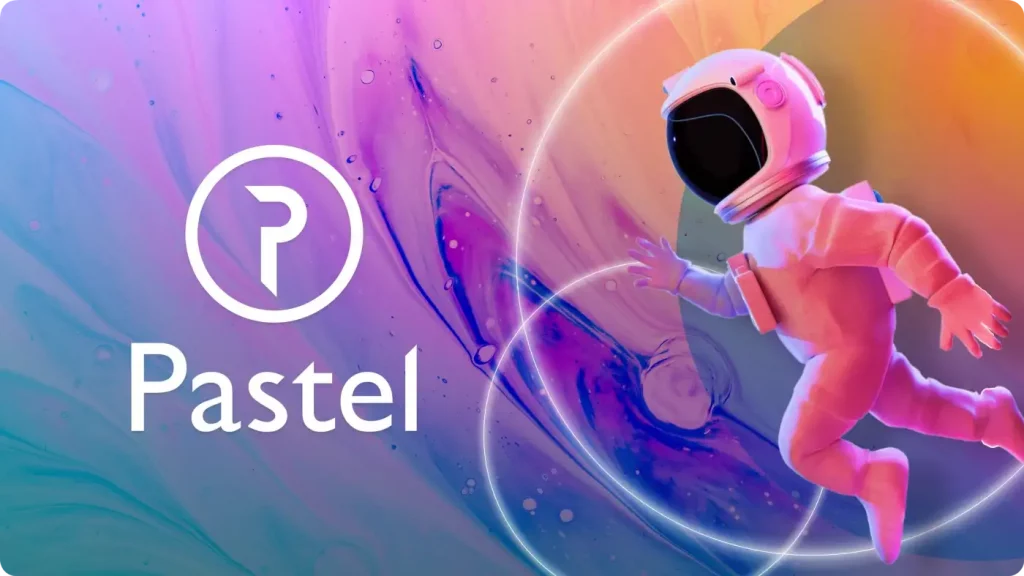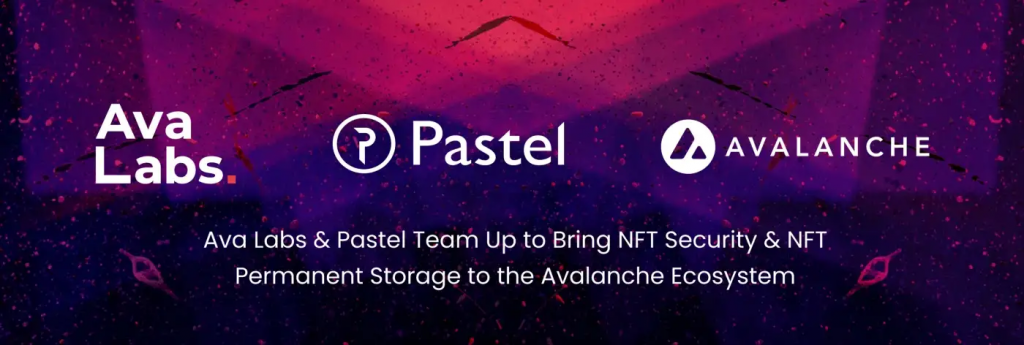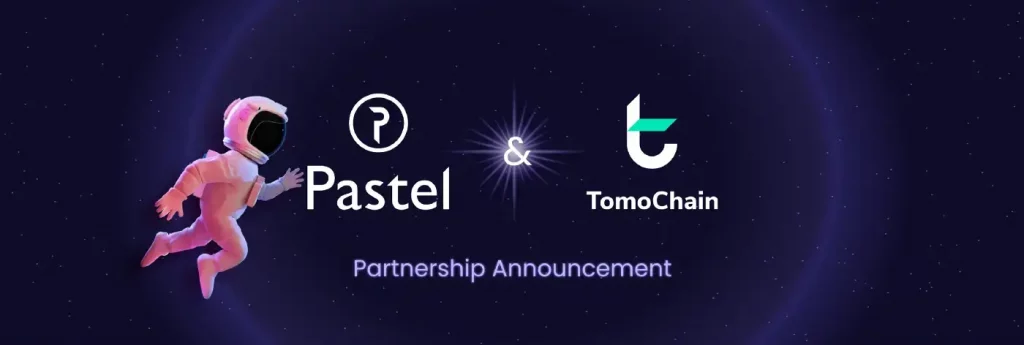SmartMint vs. Other NFT Tools
SmartMint — The Leading NFT Minting Platform There are variety of tools on the market promising ease-of-use, no-code minting, and safe and secure storage. In this article, we share how SmartMint is truly differentiated from other competitors in the market such as NiftyKit and Manifold Studio. SmartMint empowers creators without needing to know or understand much about …



